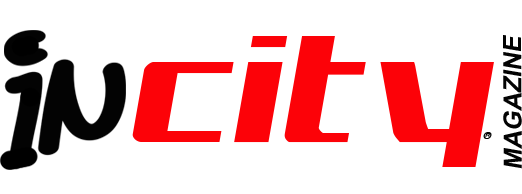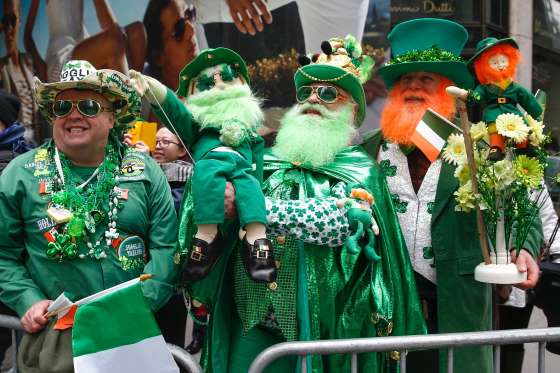St. Patrick’s Day is a cultural and religious holiday celebrated on March 17 by Irish communities around the world. Although shamrocks, leprechauns and Guinness are synonymous with the holiday, there’s more to the day. We take a look a look at some of the most popular myths about this day.
Born around A.D. 390, and the main patron saint of Ireland, Patrick was not actually Irish. He is believed to have been born into a wealthy Christian family in Wales or Scotland.
St. Patrick had no interest in Christianity as a young boy. But at the age of 16, he was kidnapped and sent to Ireland by Irish raiders who enslaved him as a shepherd for many years.
The myth that St. Patrick exterminated all the snakes from Ireland is not true, because Ireland never actually had snakes. Scholars suggest the tale is symbolic. Serpents are symbols of evil in Judeo-Christian tradition, and this story may be a nod to St. Patrick’s Christianizing influence, cites National Geographic.
Because the color green is associated with St. Patrick’s Day, people wear green clothes, drink green beer and even dye the Chicago River green to celebrate. However, the earliest depictions of St. Patrick from the 18th century show him wearing blue clothing. In fact, the George III created a new order of chivalry for the Kingdom of Ireland, the Order of St. Patrick, its official color was a sky blue, known as “St. Patrick’s Blue.,” cites Smithsonian.com.
St. Patrick used the three-leafed shamrock to explain the Christian Holy Trinity. The shamrock has been linked with him ever since.
The color green has become associated with Saint Patrick because of Ireland’s rich green landscape.
Until the 1700s, St. Patrick’s Day was considered a Roman Catholic feast. It was celebrated only in Ireland, where people would pray at home or in the church. The tradition of parades started in the United States, not Ireland.
The first parade to honor St. Patrick took place in Boston in 1737. Ireland started their own parade tradition in Dublin nearly 200 years later in 1931.
On this day, revelers fill their plates with traditional Irish foods like corned beef and cabbage, battered sausages and baked beans, or colcannon, a side dish made with potatoes, cabbage or kale and often onions. The dish is also known as “bubble and squeak.”


